All about the New Digital Ethics Code :
- Digital Ethics is the study of how to manage oneself ethically, professionally in a sound manner via online and digital mediums.
- The whole concept of well-being has changed, as a result of our embedding digital technologies (e.g. artificial intelligence, IoT-enabled devices, and autonomous decision-making systems) into central areas of our lives and society.
Complying with Code of Ethics :
- You’re expected to uphold the spirit of the law, not just the letter of the law and its important when digital projects are involved, as it’s not always clear what the regulations have to say about what to do and what not to do.
- All laws and regulations are orientated around the outcomes that people’s experience. You may have an idea as to what those will be, but it is incumbent on you to monitor that those outcomes are being delivered and that they remain on the right side of the law/regulations.
- Comply with the Code and all relevant laws and regulations of the land
- Act with the highest ethical standards and integrity
- Act in the best interests of each individual
- Provide a high standard of service
- Treat people fairly regardless of age, disability, race, religion or belief, sex and sexual orientation.
What’s in the new Govt Notifies IT Rules, 2021 :
- (a) Code Of Ethics For Online News, OTT Platforms & Digital Media
- The OTT platforms to self-classify the content into age based categories
- Platforms to implement parental locks and have age verification mechanism
- Publishers to observe the Norms of Journalistic Conduct of the PCI* & the Programme Code
- (b) Measures to be Ensured by Social Media Intermediaries
- Identification of the first originator of the information required for prevention, detection, investigation and prosecution of an offences
- Anything against Sovereignty & integrity of India, security of the State, relations with foreign States, or public order, incitement to an offence in relation with rape, sexually explicit material, etc.
- Intermediary to have a physical contact address in India published on its website or app or both
- (c) Voluntary User Verification and Opportunity to Be Heard
- Users wishing to verify their accounts voluntarily to be provided an appropriate mechanism and provided with a demonstrable and visible mark of verification.
- Prior intimation to be communicated to the user if intermediaries remove or disable accesses.
- Users must be provided an adequate & reasonable opportunity to dispute the action.
- (d) Social media Users and accountability against its misuse and abuse
- Proper mechanism for redressal & timely resolution of their grievance
- Curated content and focus more on in house & self-regulation mechanism
- Robust grievance redressal mechanism while upholding journalistic and creative freedom
- (e) Measures by Social Media Intermediaries
- Appoint a resident Chief Compliance Officer and resident Nodal Contact Person for 24×7 coordination with law enforcement agencies
- Appoint a resident Grievance Officer who shall perform the functions mentioned under Grievance Redressal Mechanism
- Publish a monthly compliance report mentioning the details of complaints received and action taken on the complaints as well
- (f) Ensuring Online Safety & Dignity of Users, Specially Women
- Remove within 24 hours of receipt of complaints of contents that expose the private areas / full or partial nudity or in sexual acts or are in the nature of impersonation including morphed images etc.
Conclusion on the New Code of Ethics (2021) on OTT, Intermediaries & Social Media :
- There is a slippery slope towards surveillance culture challenging the very idea of being private and giving the opportunity for development of Artificial Intelligence to automate censorship.
- However these This guidelines will help cybercrime police officers for quick removal of (a) unlawful content (b) Information, that effects the online safety and dignity of users, especially the women. (c) Shorter time lines for concluding on cybercrime with the support of Grievance Redressal and the Nodal Officer of the respective platforms.



